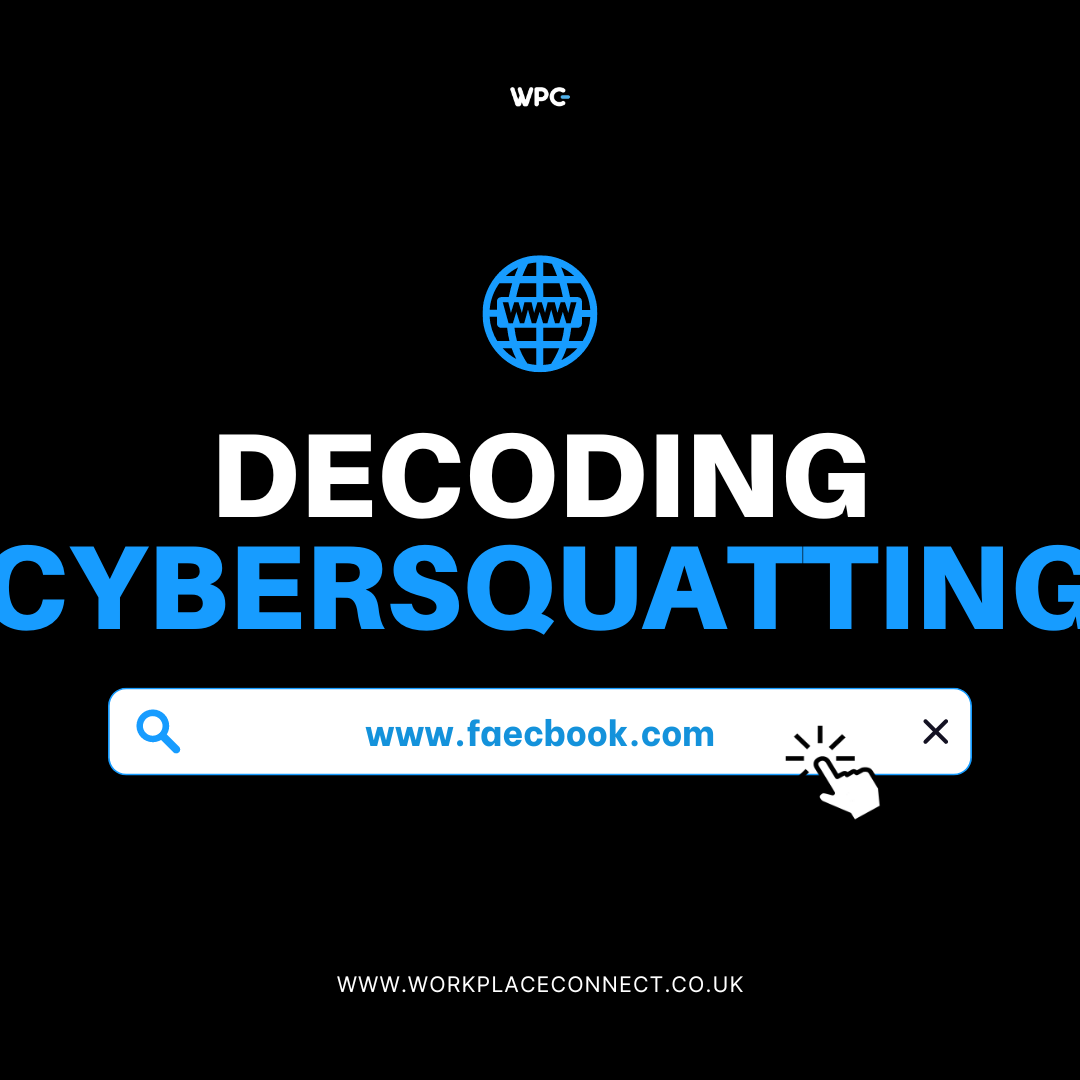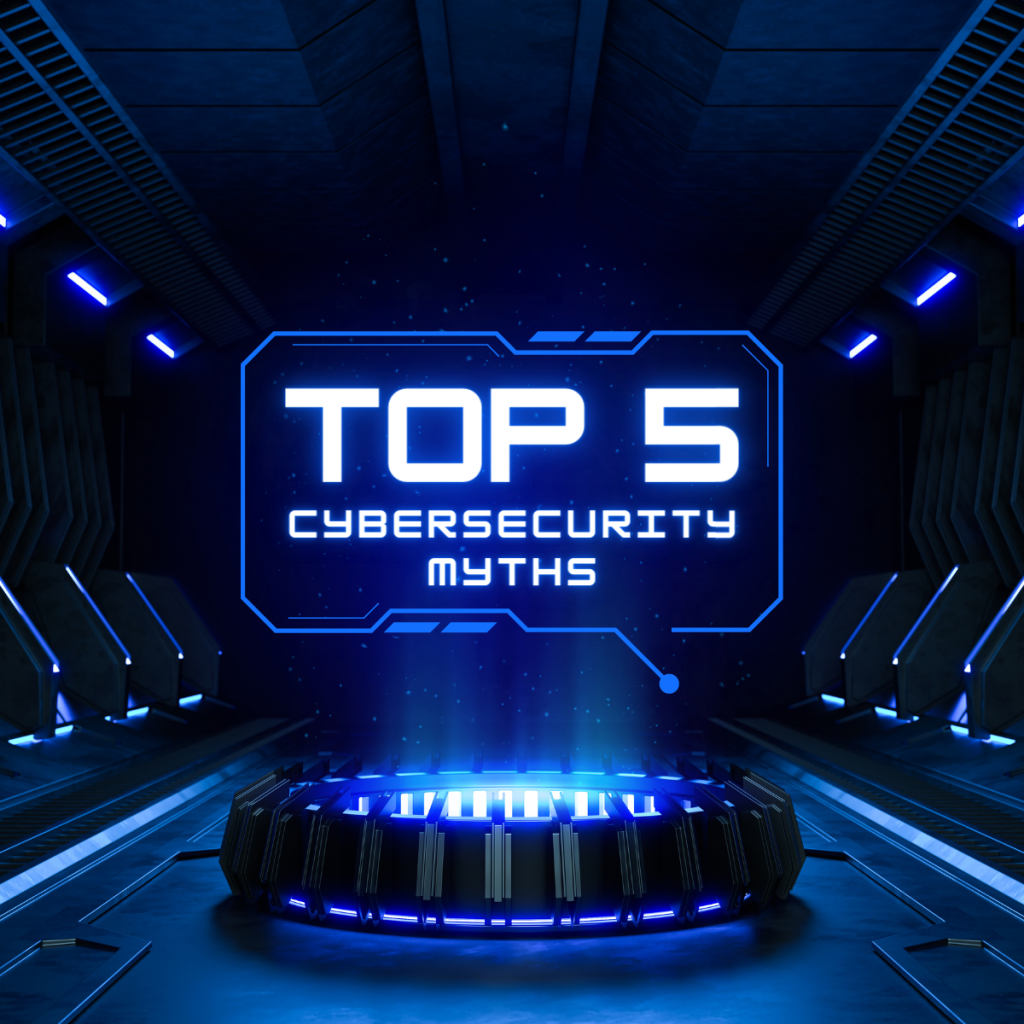Have you ever typed a misspelled letter or two in the URL of a website you were looking for and ended up on a different one entirely? Cybersquatting is the term for this subversive strategy. This behaviour presents a serious issue in the constantly changing field of cyber security, in addition to endangering the online presence of individuals and enterprises. The most terrifying aspect is that you might not even be aware that you are a victim of a cyber-squatted domain.
What Is Cybersquatting?
The malicious act of registering a domain name that is strikingly similar to that of a genuine entity—a business, organisation, or individual—is referred to as cybersquatting, also known as domain squatting. Cybersquatters frequently use this tactic primarily for financial gain, hoping to take advantage of the popularity and success of well-known brands. But the consequences go beyond financial loss; cybersquatting can damage a victim’s reputation as well.
Types Of Cybersquatting
While there are many different kinds of cybersquatting scams, these are the most prevalent ones that you should be on the lookout for.
Top-Level Domain (TLD) Exploitation: Because there are so many TLDs—like “.com,” “.co.uk,” and “.org”—it can be challenging for small to medium-sized businesses to register them all for their brands. For celebrities or other well-known people, the task is even more challenging. Cybercriminals will register corresponding domains under various top-level domains (TLDs) and either build objectionable or unsuitable websites, demanding payment from the original domain owner to have them taken down, or they will exploit these websites to win over visitors and lead them to become targets of phishing scams.
Typosquatting: This type of cybersquatting entails purposefully registering misspelled domain names to profit from frequent errors and direct gullible consumers to harmful websites.
Using Facebook.com as an example, the following is how a cybersquatter could purchase their domains:
- Faecbook.com
- Facebokk.com
- Faceboook.com
Because spelling errors are so common, misspelled domains can attract a lot of visitors.
Look-Alike Cybersquatting: In this type of cybersquatting, common terms are added to domain names in an attempt to trick users into believing they are more similar than they are.
Here are some examples:
- Original: Google.com
- Lookalike: G00gle.com
- Original: Amazon.com
- Lookalike: amaz0n.com or amazon1.com
- Original: Microsoft.com
- Lookalike: Microsofty.com
Although they don’t seem like they could readily trick users, they nevertheless do!
How To Avoid Being A Cybersquatting Victim
Proactively preventing cybersquatting can help you from becoming a victim. Here are some actions to do:
- Register Your Trademark: It can be beneficial to register your trademark as soon as possible to take advantage of the full protection provided by the Uniform Domain Name Dispute Resolution Policy (UDRP) and the Anti-Cybersquatting Consumer Protection Act (ACPA). If a cybercriminal registers a cybersquatting domain name and you own an unregistered trademark, these restrictions will still be applicable; however, you will have to demonstrate that you were using the domain for commercial purposes before its registration. Although they are not necessary, trademarks can facilitate this.
- Invest in Several Prominent TLDs: When registering a domain name, make sure to register it with the most well-known TLDs, such as.org and .co.
- Be Wary Of The Websites You Visit: Verify that you are heading to the correct website by double-checking the URLs you type into the address bar. This also holds for URLs you click! To make sure a link is the right one, hover your cursor over it. For further protection, enter the URLs directly into the search field rather than clicking on links.
Cybersquatting is only one way that hackers can wreak havoc. Cybercriminals are always innovating new ways to deceive both individuals and corporations. We can assist you if you wish to step up security to ensure that you and your business are safe from cunning attackers.
To determine whether and where you are susceptible to an attack, we will review your network security solutions as part of a FREE, no-obligation security risk assessment. From there, we will work with you to develop a plan of action to keep yourself safe.
Call us now to get a Security Assessment started with our team!







